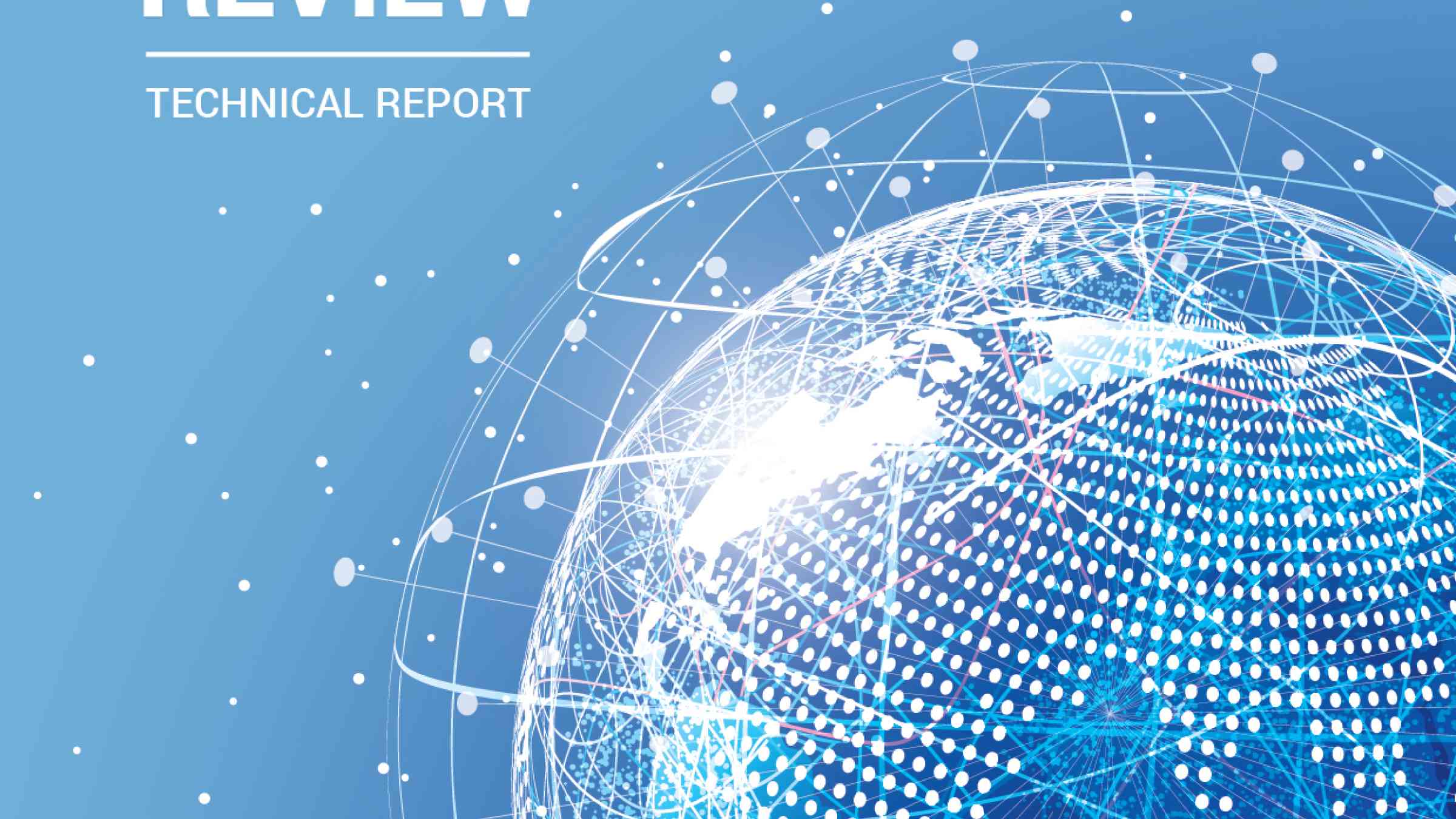Please help us improve PreventionWeb by taking this brief survey. Your input will allow us to better serve the needs of the DRR community.
Understanding hazards first step in addressing them, says scientific community

More than 800 scientists and experts contributed to a new report which defines and classifies hazards which was launched this week in support of the Sendai Framework for Disaster Risk Reduction.
Co-published with the International Science Council (ISC) and consulting a global consortium of scientists and academics, UNDRR’s Hazard Definition and Classification Technical Report cites more than 300 human-made and natural hazards, including biological hazards such as pandemics.
“This is an important foundation for the international community to achieve sustainable development within a complex risk landscape,” said Mami Mizutori, the Special Representation of the United Nations Secretary-General for Disaster Risk Reduction at the launch event.
“The recovery process from Covid-19 will give us an opportunity to make development resilient, green and equitable.”
According to the International Science Council, the report focuses on identifying the scope of hazards that should be considered in risk reduction efforts, and provides scientifically robust and internationally agreed definitions of these hazards.
Heidi Hackmann, the CEO of the ISC said: “This kind of work…is a necessary and critically important foundation to support robust data collection and analysis, and to better assess risks and support a more effective governance of risk.
“Without the clarity of what needs to be measured, we have no common reference to define the sources of risks, to compare data, to deepen our knowledge and understanding, and to collaborate in ways that is consistent with how hazards and other aspects of risk interact,” said Ms Hackmann.
Agreed in 2015 as a blueprint for reducing risk and protecting gains made towards the Sustainable Development Goals, the Sendai Framework for Disaster Risk Reduction calls for all countries to have national and local disaster risk reduction strategies and for a substantial increase in access to disaster risk information.
Standardised data and understanding is a key element to making that information accurate and useful.
Nick Moody of the Insurance Development Forum emphasised that this was also central to accessing funding but that more work would be needed to ensure that the definitions were now acted on.
“Mobilisation of capital does not happen because we have a shared language: it happens because we have a body of evidence and stories around that evidence,” he said.
“Please do challenge the report but most of all use it.”
Explore further
Also featured on
Please note: Content is displayed as last posted by a PreventionWeb community member or editor. The views expressed therein are not necessarily those of UNDRR, PreventionWeb, or its sponsors. See our terms of use
Is this page useful?
Yes No Report an issue on this pageThank you. If you have 2 minutes, we would benefit from additional feedback (link opens in a new window).